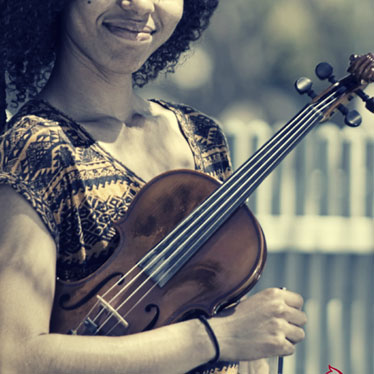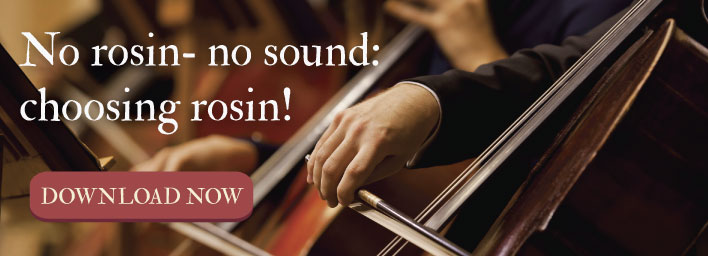What Is The Best Bow For Student Violins?

When you’re learning to play the violin there are a number of different factors that impact the sounds you’re able to create. Your violin’s ability to resonate, the quality and performance of the strings, and the type of bow you use all effect how great you’ll play.
In fact, the bow is not only responsible for the type of sounds you can draw from your violin, its quality has a lot to do with how easy it is to learn to play the violin.
But many students and parents get confused about their choice of bow. The variety of carbon fiber bows and wood bows out there can be bewildering to a beginner. Plus, there are literally thousands of opinions concerning which type is best. But, don’t worry. Learning the basics about bow materials and what makes for a great performance can help you decide which bow is best for student violins.
Materials and Craftsmanship
The first thing to remember when deciding on which bow to buy for your violin is that your bow is just as important as the instrument itself. If you don’t have a good quality bow, it will be harder to play and the tone of your instrument will suffer.
Fiberglass: Although typically suggested for beginners, inexpensive materials used for most fiberglass bows create playing difficulties and make for an extremely poor performance. They usually have a plastic frog and aren’t very responsive. However, there is one brand of fiberglass bow that is known for smooth sound and comfortable grip. The main advantages of a fiberglass bow are its strength and price. For very young students (up to age 6), this may be a suitable bow for the first few months of instruction.
Brazilwood: The range and variety of brazilwood bows can also be confusing. While there are many fine wood bows, the price will usually indicate the quality. These wood bows are very fragile and often warp easily. However, a high quality brazilwood bow will feature leather or nickel/silver windings (not plastic), an ebony wood frog (look for mother of pearl inlay), and include nickel or silver fittings. This bow is often used by beginners and intermediate students, but you should always make sure of the quality first. The price ranges anywhere from $60-$350 for a brazilwood bow.
Pernambuco: This is a very exclusive bow, not recommended for beginners or student violins. Made from the endangered Pernambuco tree, which is harvested in South American rainforests, there are various conservation efforts now taking place to protect this dense, yet flexible wood. Chiefly, the International Pernambuco Conservation Initiative was recently established to direct and support the conservation efforts. Because of its increasing rarity and superior performance, Pernambuco bows are typically very expensive and very high quality.
Carbon Fiber (composite) Bows: This style of violin bow has been steadily gaining in popularity among violinists and instructors. Revolutionary innovation makes carbon fiber and composite bows very strong, yet very flexible and responsive. They won’t warp like brazilwood and offer superior sound quality over fiberglass. Indeed, many advanced musicians absolutely love their carbon fiber bows and prefer to use them over the more fragile brazilwood or Pernambuco bow.
Choosing Your Bow
The lightweight construction of a carbon fiber composite bow is perfect for beginner violinists. Tiny hair-like fibers are woven and molded into a permanent shape which resists warping. It is very stable and difficult to break, plus it won’t react to changes in humidity. Carbon composite bows rival the performance of a Pernambuco bow, are easy to use, and are very affordable, therefore it’s easy to understand why this type of bow is the best choice for beginners.
Carbon fiber bows designed for students or intermediate level violinists are generally priced from about $75-$150. Of course, there are advanced models that can run into the thousands, but the combination of durability and tone make this bow the perfect choice for student violins.
Tips to Remember When Buying a Violin Bow:
- Try out the bow on your instrument before buying. In other words, match the bow to your violin. Bows sound different on different violins, so take your instrument with you when you go to purchase a bow.
- Try out different styles, weights, and balance. Violin bows are weighed in grams, usually between 58 and 63 (it’s displayed on the side). Bows are balanced differently as well. The balance point is typically located 9-10 inches from the frog, and bows balanced closer to the 9” point will feel lighter at the tip. Those balanced closer to the 10” mark will draw out the sound with less finger pressure.
When you choose a bow that feels right for you and sounds great with your violin, it will be easier and more fun to learn to play this beautiful, timeless instrument.


